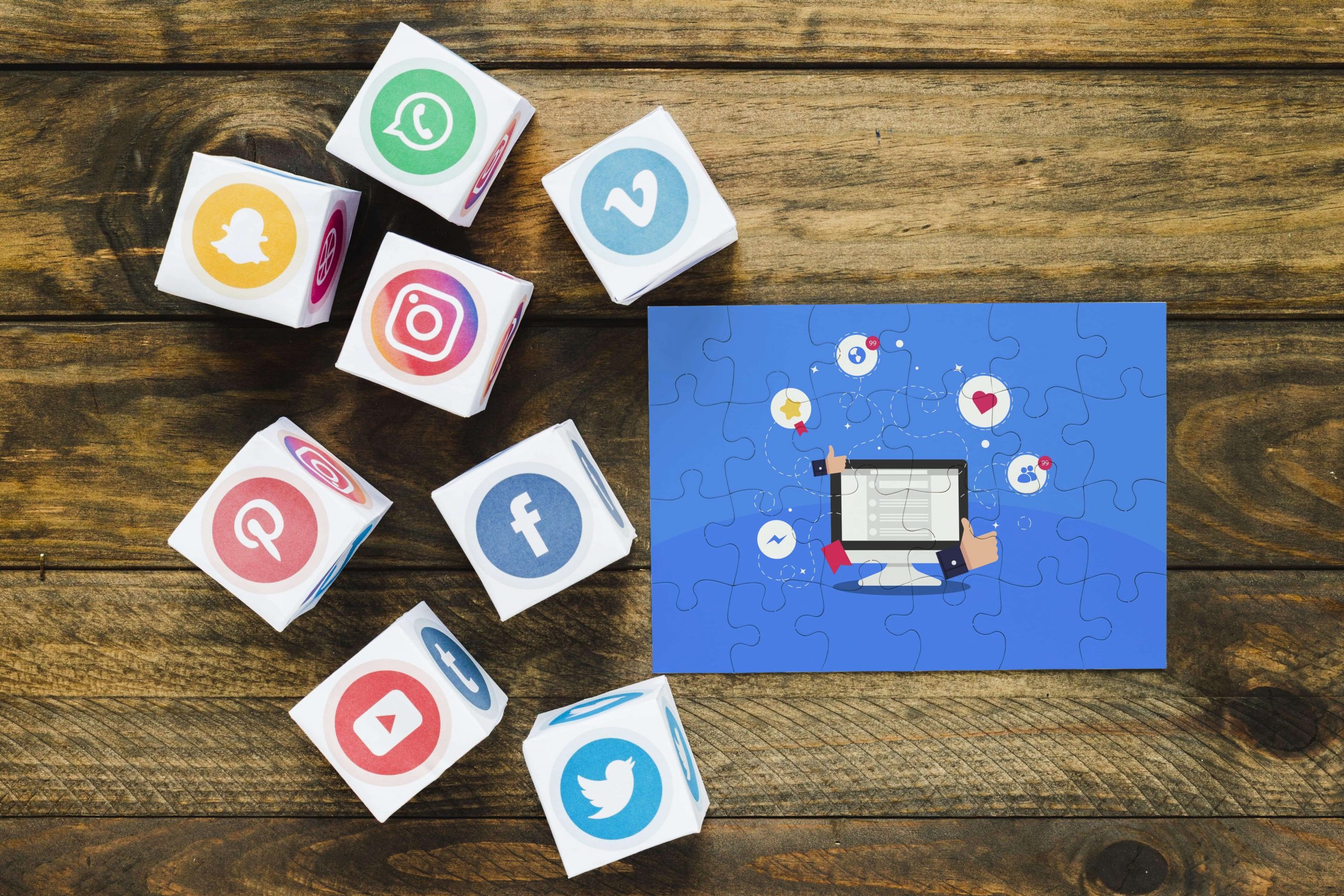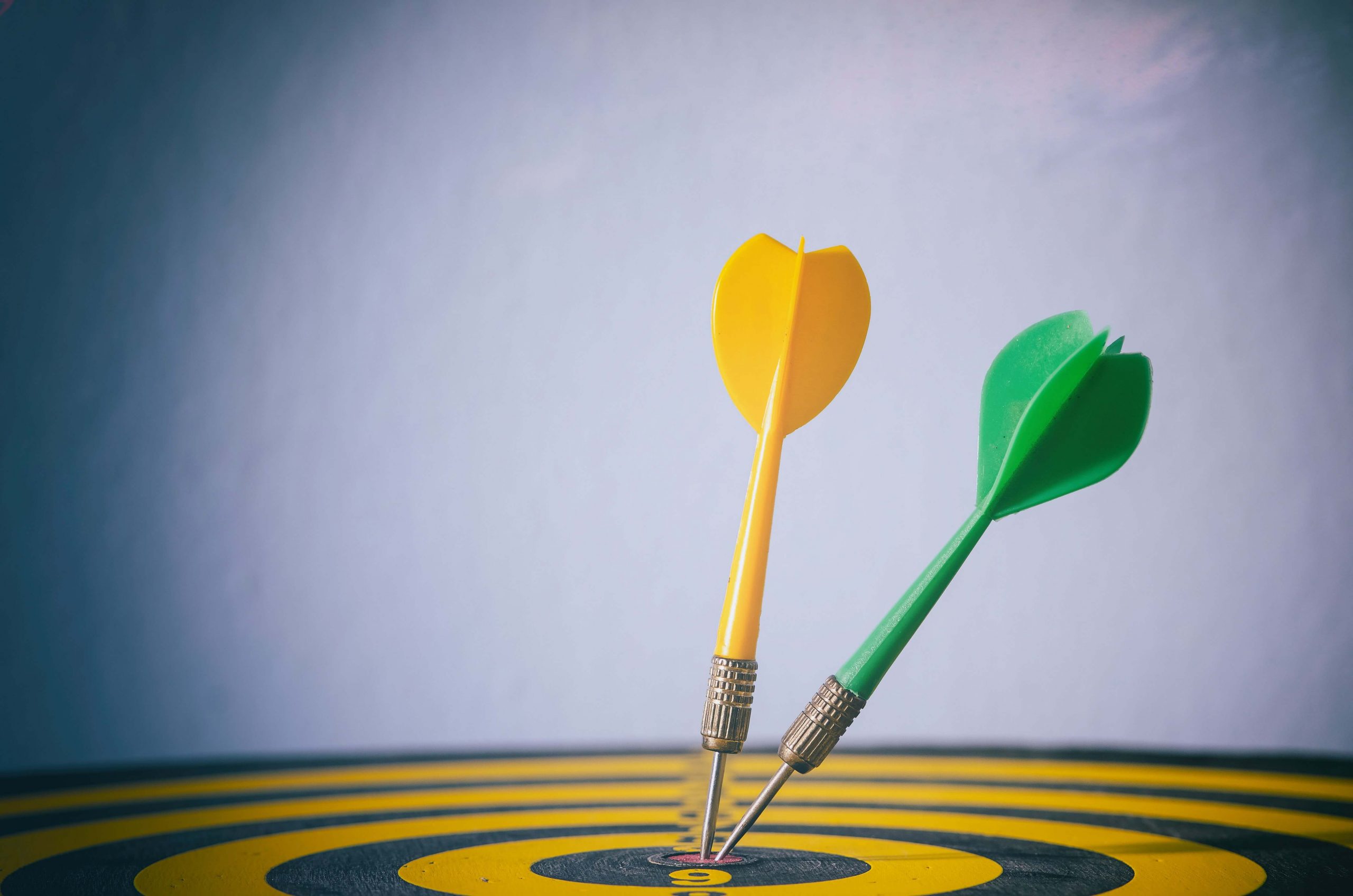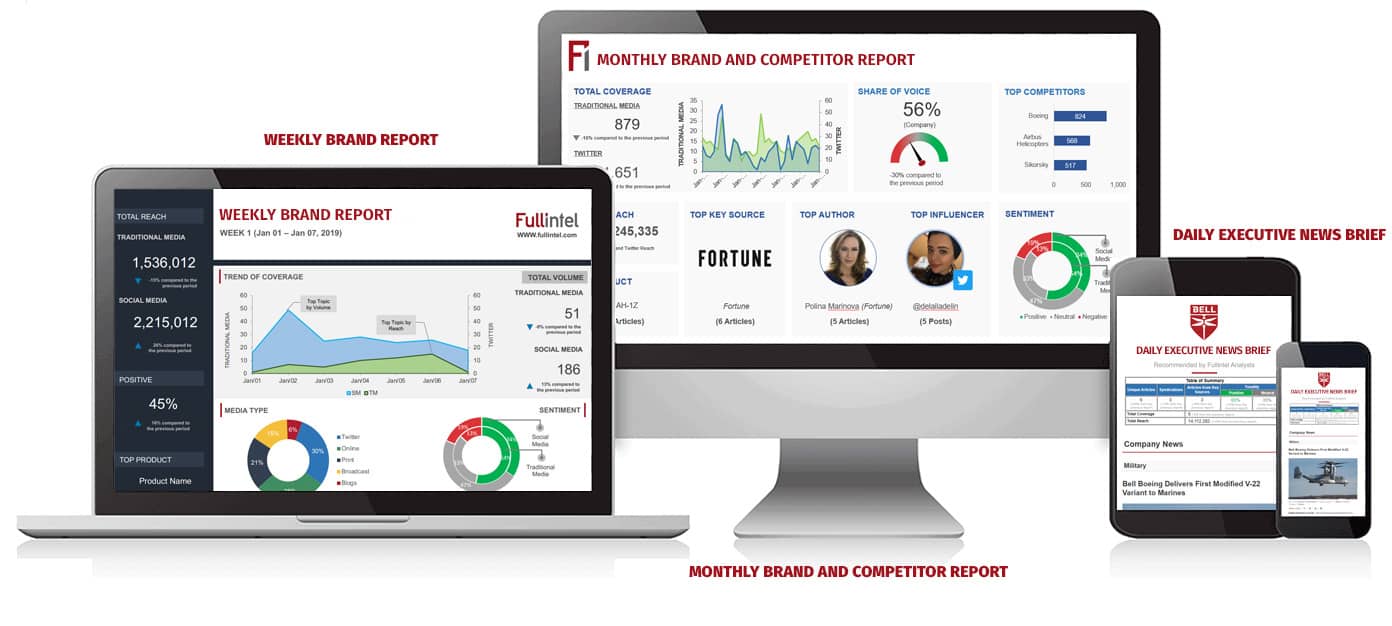But you can’t do that solely through automated SaaS monitoring platforms.
That’s because these platforms are often locked out of important sources such as LinkedIn, closed Facebook groups, Yelp, Weibo, or even online news behind paywalls or sign-in pages.
Indeed, whether you do it yourself or through a media monitoring and intelligence service, key influencer monitoring across online news, forums, and social media sites not monitored in automated SaaS tools – such as TikTok and LinkedIn – requires a human touch combined with smart technology to be truly effective.
To achieve the best results, follow this step-by-step guide from the expert media analysts at Fullintel on how to track your most important influencers and key opinion leaders.
Step 1: Understand your objectives and draft a plan
All the dashboards and reporting in the world are not very helpful if you don’t know why you’re tracking influencers in the first place.

That’s why the first order of business is to determine your use case and objectives. Common objectives among Fullintel clients include:
- New market penetration: Identifying key influencers for engagement within a new region prior to a big product launch
- Campaign promotion: Finding influencers who regularly post on a certain topic to help drive campaign engagement
- Competitive analysis: Identifying influencers used by competitors in order to target similar people
- Micro and nano influencer identification: Identification of both micro influencers and nano influencers on a certain industry or topic (often a time-consuming process)
- Ongoing tracking for engagement: Organizations operating in controversial industries need to know what’s being said by those with industry clout (for intelligence purposes as well as to either engage or respond accordingly)
- By specific language, region, or channel: Some organizations place a premium on only identifying influencers in certain regions, or who speak a certain language, or only on certain social media or other online channels
After you’ve nailed your objectives, draft a plan. How will you engage with your influencers? How often will you refresh your influencer list? Influencer landscapes are constantly changing, and who you track requires regular evaluation and re-evaluation.
Step 2: Establish influencer parameters
Every business vertical is different when it comes to which types of influencers to track. Generally, however, there are two main approaches:
- Business-to-consumer: B2C industries are typically very broad in their influencer tracking. Those in the travel and tourism or restaurant industries, for example, often cast a wide net (any traveller or diner with a social media account and some panache can be an influencer, after all). Common B2C social channels include Instagram, Facebook, and YouTube.
- Business-to-business: B2B and niche industries, on the other hand, often find a narrower approach is more beneficial. Those in the oil and gas or banking industries typically look for specialists and advocates rather than consumer influencers with limited industry knowledge. Despite this relatively narrow approach, B2B influencers can be found anywhere – from online news, to forums, to social media platforms such as Twitter and LinkedIn.
The correct approach for your organization largely depends on your objectives (see Step 1) along with the industry in which you play.
Whichever approach you choose, however, always check for relevance. Just because someone has an audience and uses your industry’s popular hashtags doesn’t mean they’re a good influencer (they could be a bot, a chronic retweeter, or just not very knowledgeable).

Here’s how Fullintel’s AMEC-certified media analysts perform Step 2:
- Create a list of relevant keywords
- Identify a list of potential influencers across news, forums, and social media regularly posting content using those keywords
- Analyze potential influencers’ posting frequency, audience, and level of engagement
- If further filters are required to identify key influencers, look at their audience demographics (you can further target influencers by language and region)
A trained eye is especially important during the influencer identification process. Some influencers don’t have a large following, for example, but are still major influencers in a niche topic or industry (this is most common in specialized B2B industries).
Step 3: Look outside social media
While social media is the most fertile ground for finding influencers, it’s not the only place. Sometimes your most important influencers won’t even have social media accounts at all.
That’s certainly the case for healthcare and pharmaceutical organizations who look to established physicians as opinion leaders, for example. Many of them simply aren’t on Twitter or Facebook.

That’s why it’s important to also look elsewhere for influencer signals. To return to our physician example, those who aren’t on social media may be mainstays on specialty sites and healthcare forums that aren’t always crawled by automated SaaS platforms, such as Health24, WebMD, Healthboards, and Patient.info.
Step 4: Benchmark your results over time
For a true understanding of what (and who) moves the needle most in your industry, organizations must track influencers and key opinion leaders over time using advanced metrics. An influencer’s clout can rise and fall over time, after all, and it’s important to always re-evaluate key opinion leaders on your list to ensure they’re still relevant.

Some useful advanced metrics to evaluate influencers over the long-term can include:
- Engagement rate over time
- Audience growth over time
- Audience quality (ie. real people, other influencers, mass followers, suspicious accounts)
- Top related interests
- Demographics: Age, gender, family status, income, region, occupation
- Network mapping
Fullintel’s influencer identification and tracking
Fullintel’s influencer and key opinion leader analysis is powered by our industry-leading technology and media analysts, combining a high-level view of overall influencer activity with a detailed analysis of key opinion leaders affecting your specific organization, industry, or topic.
Powerful tools include network mapping, audience demographics, engagement rate, and audience growth over time, along with up-to-date contact details for every influencer, helping our clients understand their influencer landscape better – and, by extension, engage those influencers far more effectively.
Fullintel’s expert media analysts use a combination of technology and human curation/research to consistently find emerging opinion leaders based on frequency and engagement – something SaaS-only tools simply can’t do.
Request a 30-minute demo today to see first-hand how Fullintel’s influencer and key opinion leader identification and tracking can help you achieve your objectives.


